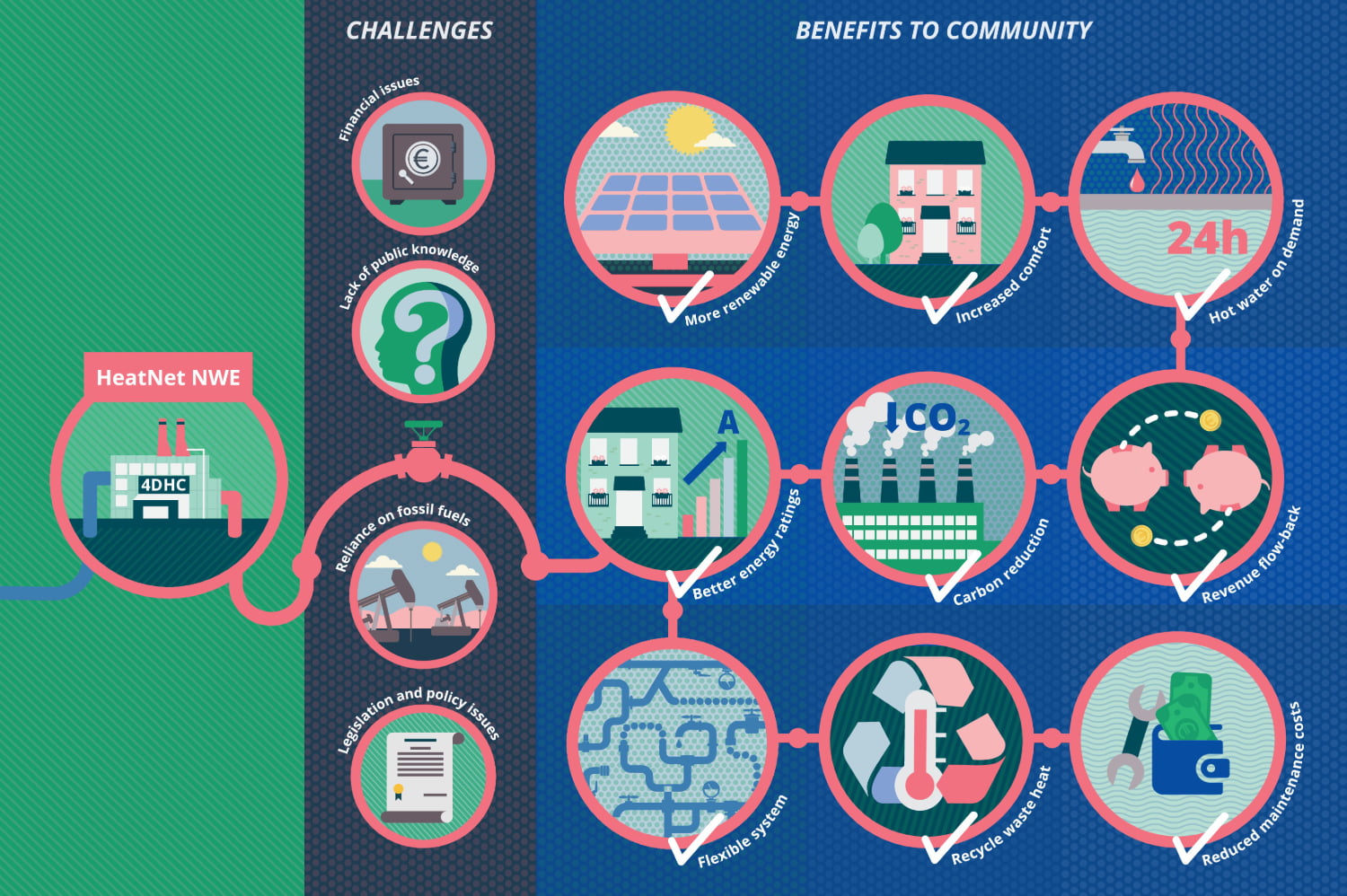District heating
Codema is leading the way in developing district heating as a low-carbon solution for Ireland’s heating sector.
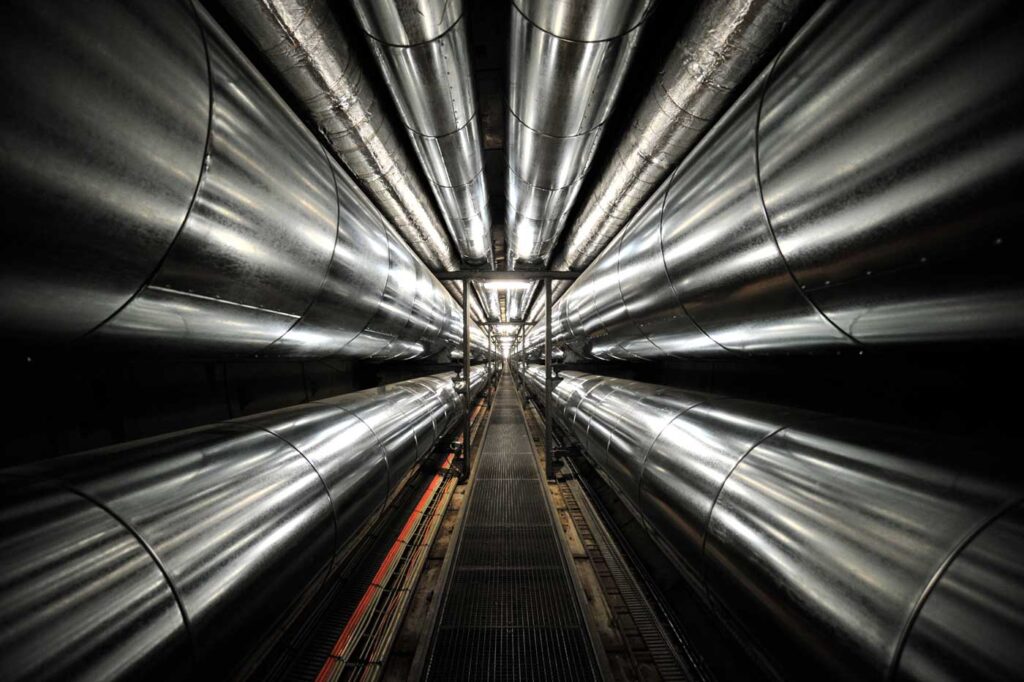
Overview
Codema is the leading expert on district heating in Ireland and we are proud to be working with local authorities in the Greater Dublin Area to bring the first district heating schemes to the region, from early feasibility stages, right through to funding, procurement, contracting and promotion. We work closely with government bodies, private sector partners, and local communities to facilitate the adoption of these systems, aiming to enhance the sustainability of heating in Dublin.
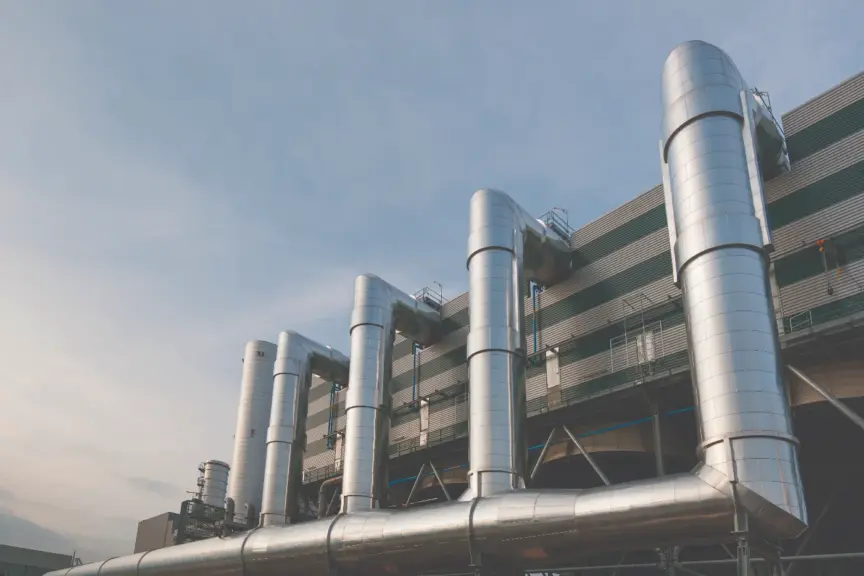
Why district heating?
Ireland’s heating sector is the worst performing in Europe when it comes to using renewable heat sources. As a result, we face a huge challenge in decarbonising our heating sector. When we look at the best-performing countries for renewable heating, we can see that they have high shares of efficient district heating supplying homes and businesses. District heating is a proven technology that is widely used across Europe, supplying over 90% of heat demand in sustainable cities like Copenhagen and Stockholm. As a result, district heating is seen as a key technology to decarbonising heat across Europe and in Ireland, and is supported through both EU and national policy.
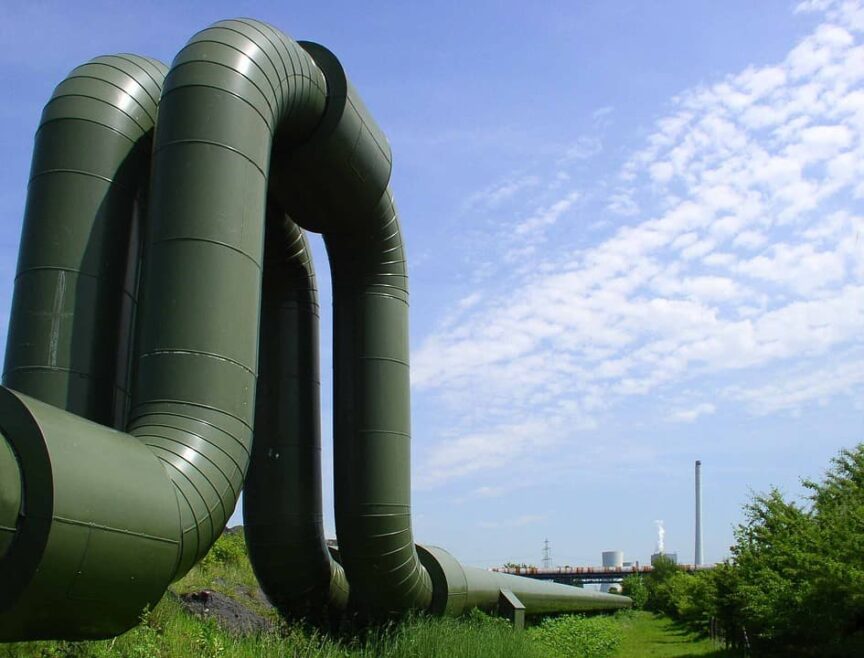
What is district heating?
District heating is a heating system that warms multiple buildings from a large, centralised energy hub. This system distributes heat in the form of hot water or steam through a network of insulated pipes to residential, commercial, and public buildings. Instead of each building having its own boiler, they all tap into this shared system, which efficiently provides heat and hot water. This is similar to how electricity is delivered to homes and businesses via the national electricity grid. This approach is not only more energy-efficient but also reduces environmental pollution, offering a greener and more cost-effective heating solution for entire communities.
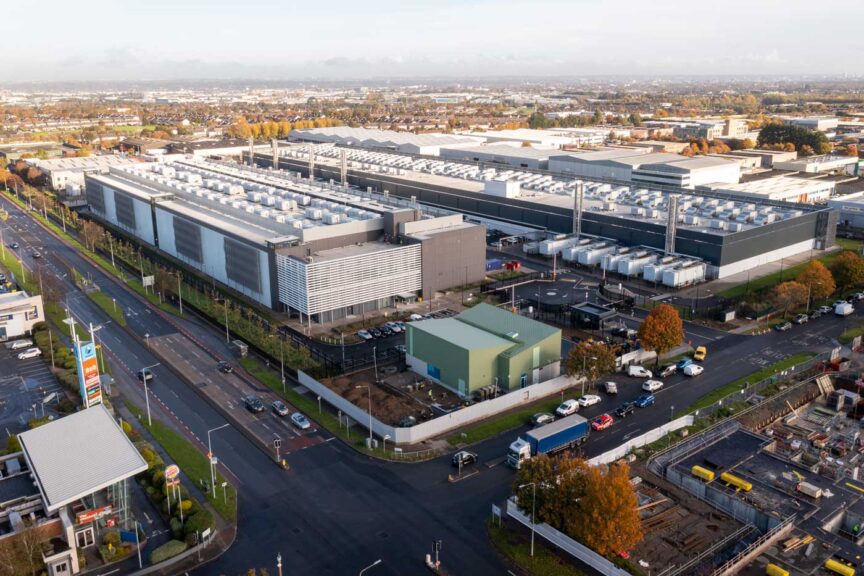
What is ‘waste heat’?
Waste or surplus heat is heat that is produced as a by-product of activities like manufacturing processes or generating electricity. This heat is usually released into the air, sewers or waterways as a waste product.
In district heating systems, this waste heat can be captured and sent through insulated pipes to help warm up buildings and provide hot water to nearby homes and businesses. For example, heat from factories, power plants, or even large data centres can be reused to heat local neighbourhoods. This method is not only cost-effective but also is also good for the environment because it uses energy that would otherwise be wasted. In Dublin alone, there is enough waste heat and renewable heat sources to heat the equivalent of over one million homes.
For example, the Tallaght District Heating Scheme uses waste heat from the nearby Amazon data centre to supply the heat to the network.
Find out more about the Tallaght District Heating SchemeWhat are the benefits of district heating?
The benefits to district heating include:
- Increasing renewable energy
- Increased comfort
- Hot water on demand
- Better energy ratings
- Reducing carbon in the atmosphere
- Cost-savings
- More flexibility in heating systems
- Recycling waste heat
- Reducing maintenance costs
The potential for district heating in Dublin
District heating is new technology in Ireland, currently representing less than 1% of the heat market, but with potential for it to be the most economically-viable low-carbon heating option for 64% of the Irish population, according to a recent study by the Irish District Energy Association.
According to the Dublin Region Energy Master Plan, district heating has the potential to meet up to 87% of Dublin’s heat demand by 2050, highlighting a significant opportunity to transform how our capital heats its buildings. For Dublin’s citizens, the benefits of district heating are numerous. It can provide a more cost-effective solution compared to individual heating systems, potentially reducing household energy bills. Additionally, by using cleaner energy sources, district heating can significantly reduce air pollution and carbon emissions, contributing to a healthier urban environment. This system also offers a reliable source of 24/7 on-demand heat that enhances energy security for residents, reducing dependency on imported fuels. Overall, district heating can play a pivotal role in making Dublin a greener, more sustainable, and more livable city.
Our work in this area
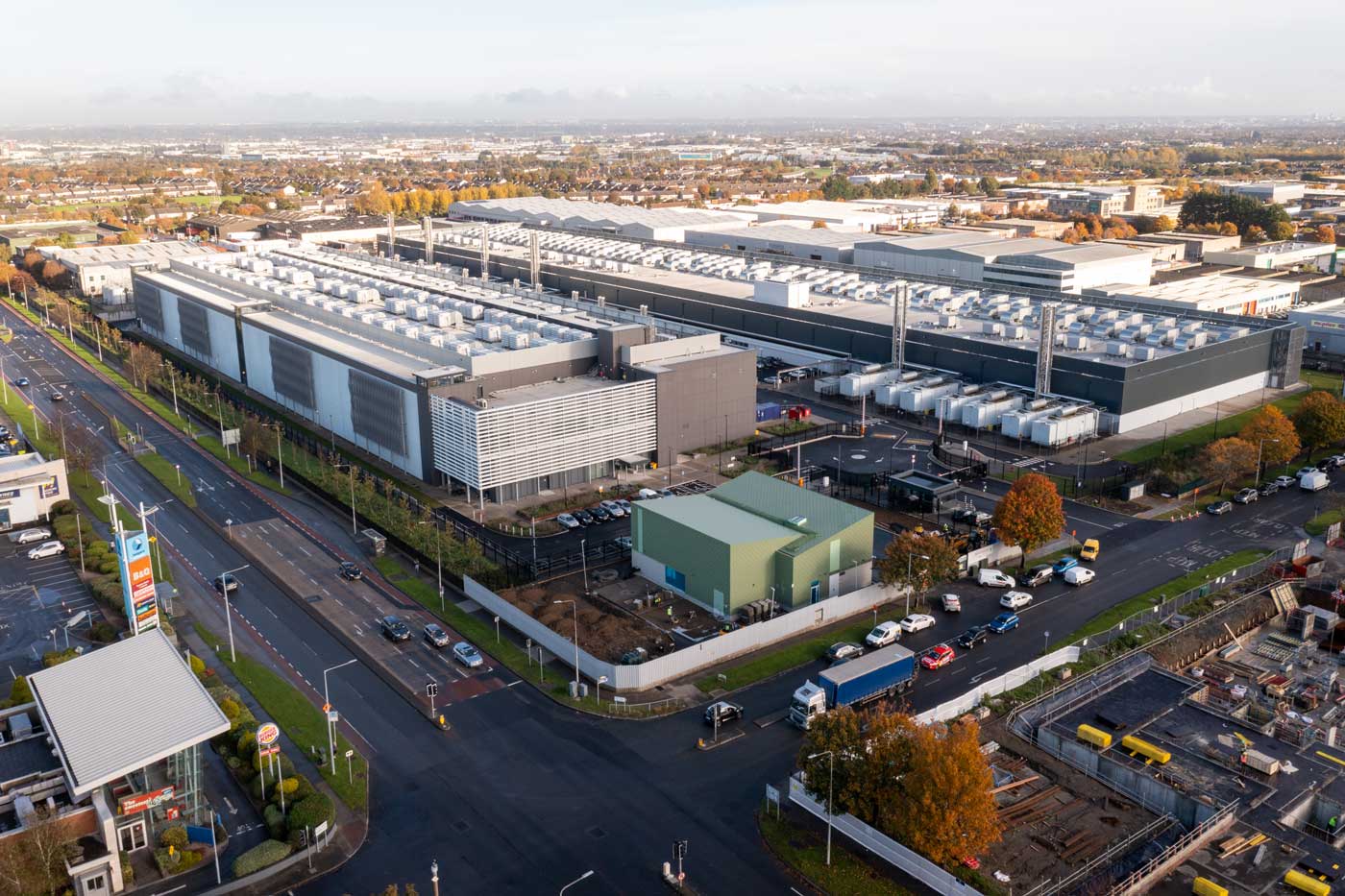
Tallaght District Heating Scheme
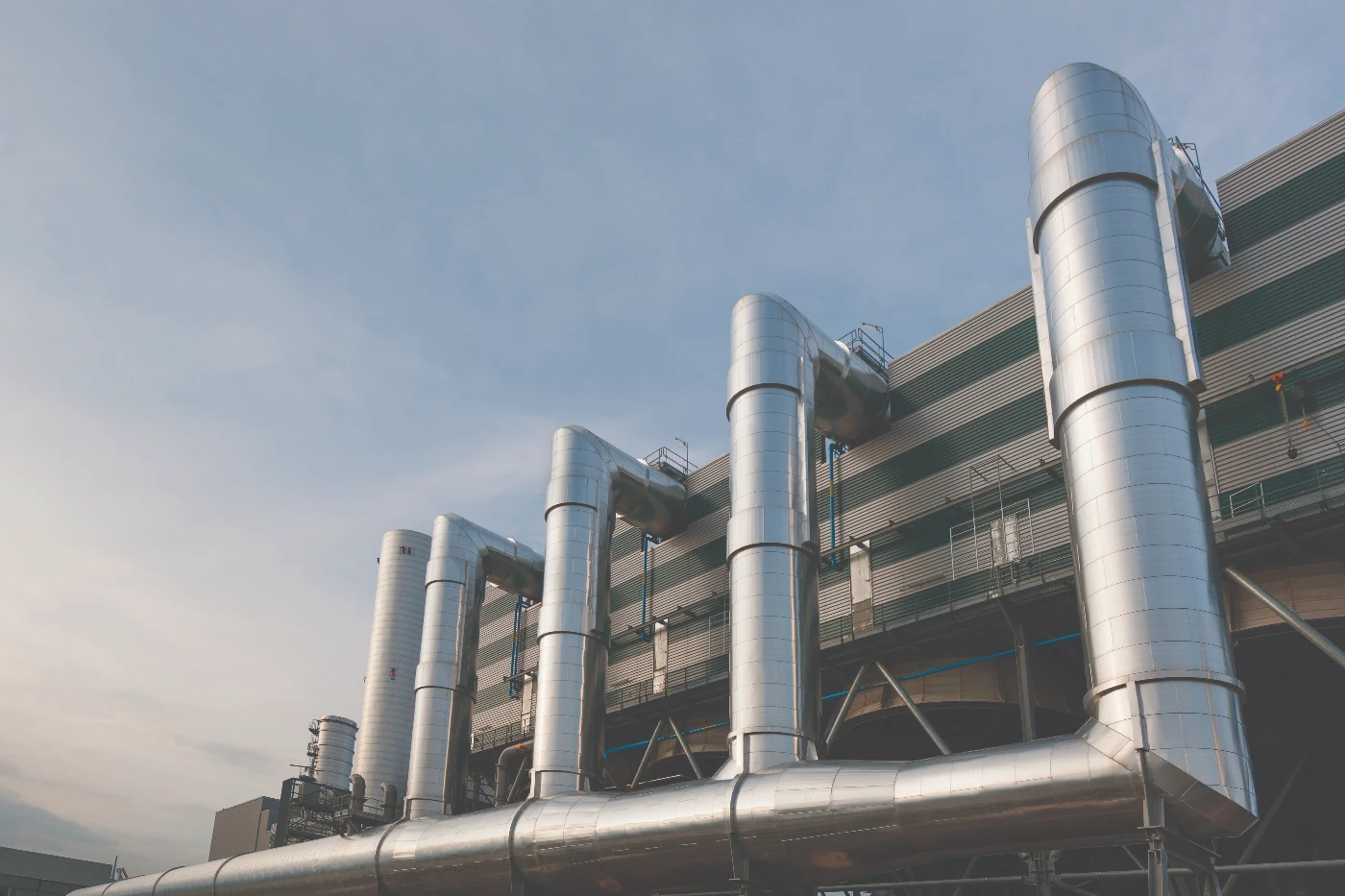
HeatNet NWE
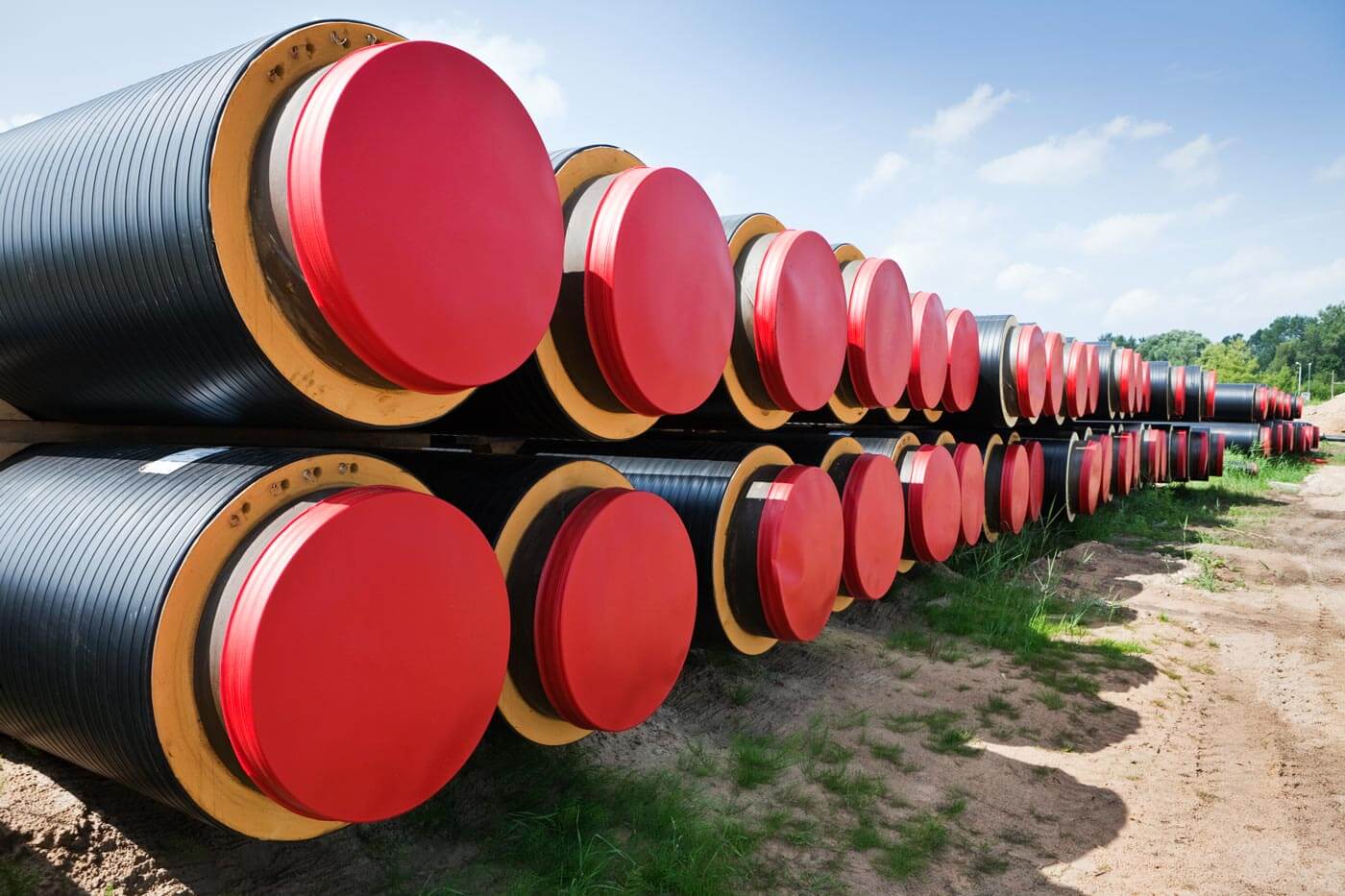
Blanchardstown District Heating System
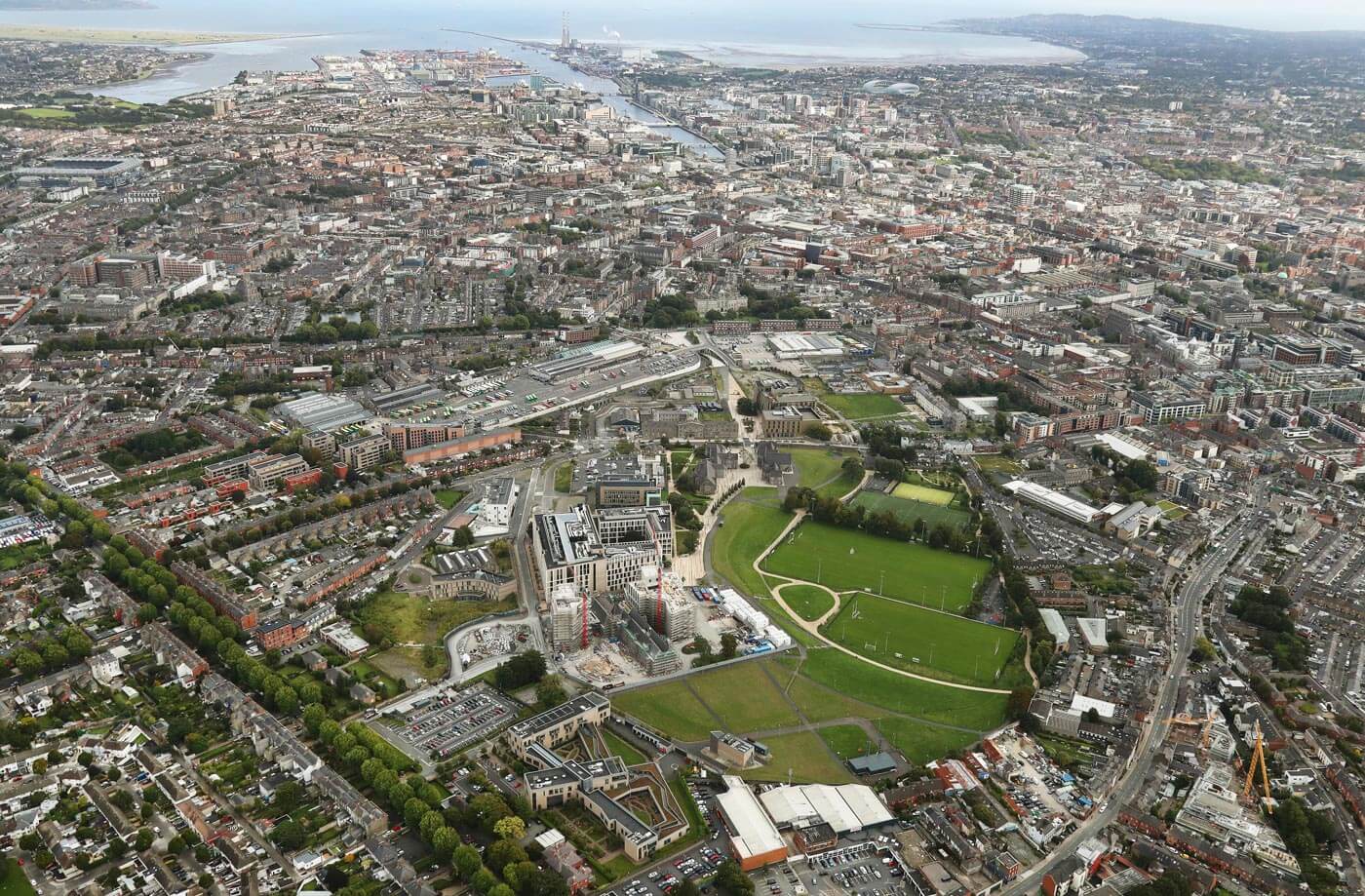
Exploring geothermal district heating in Grangegorman
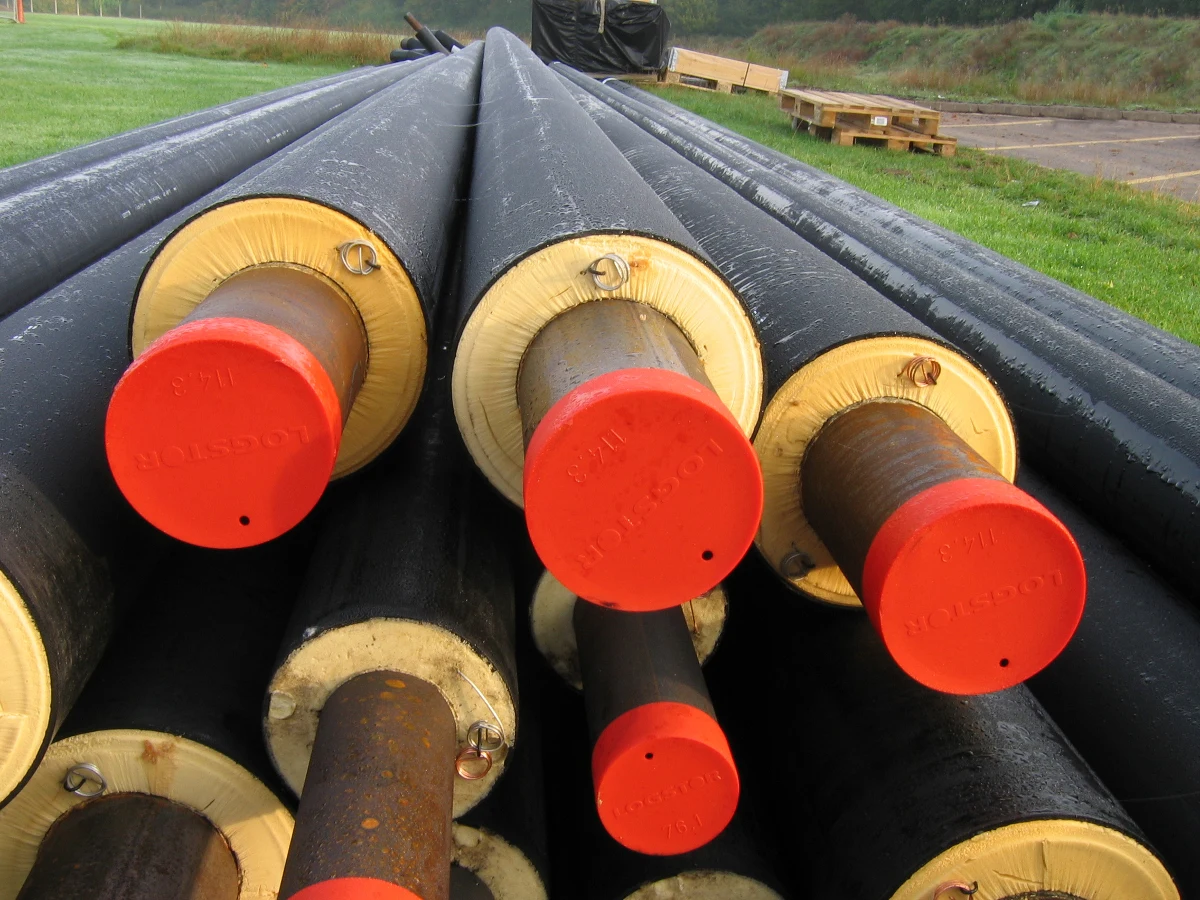
Decarb City Pipes 2050
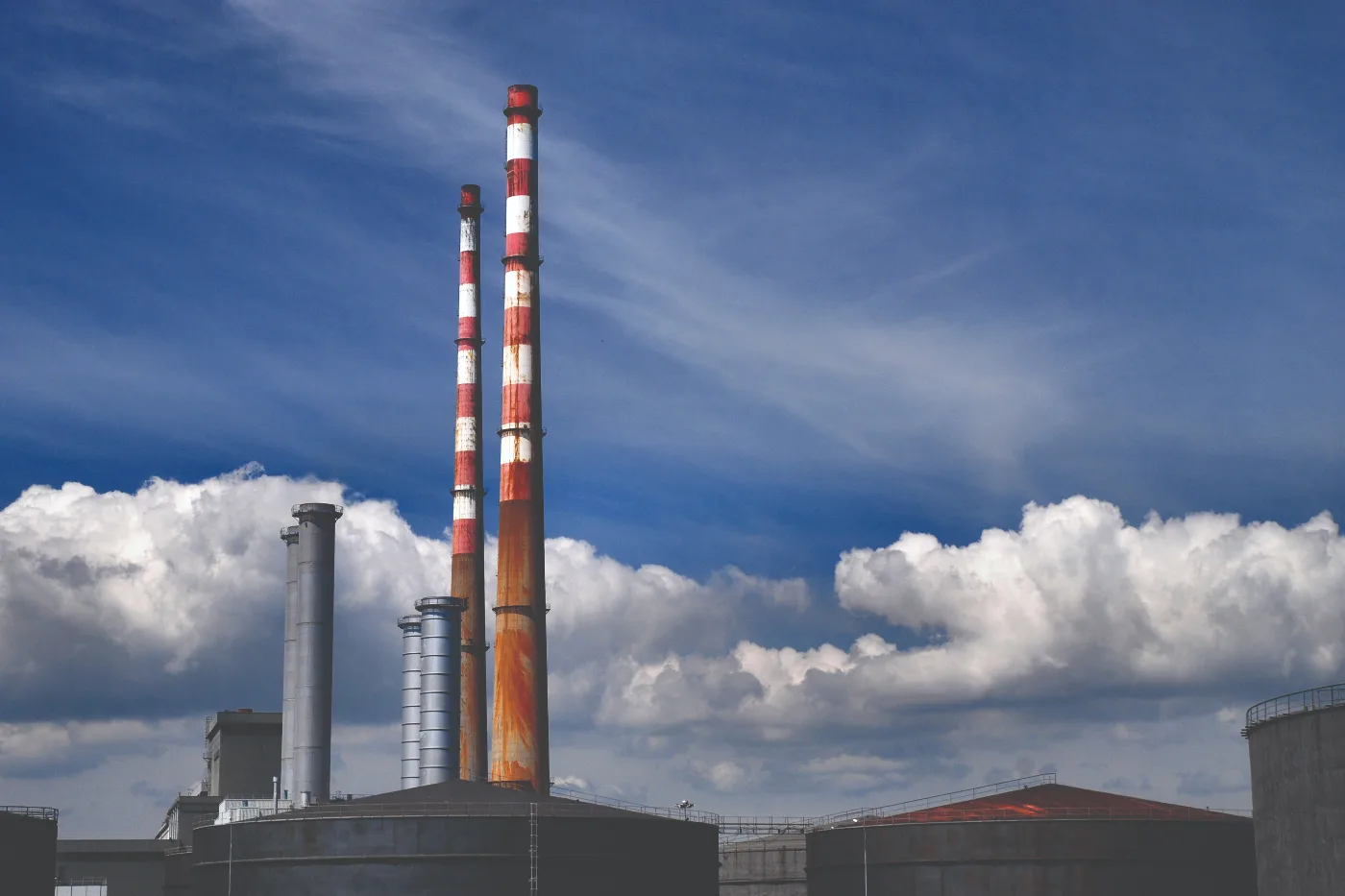
Use of curtailed renewable energy in Poolbeg
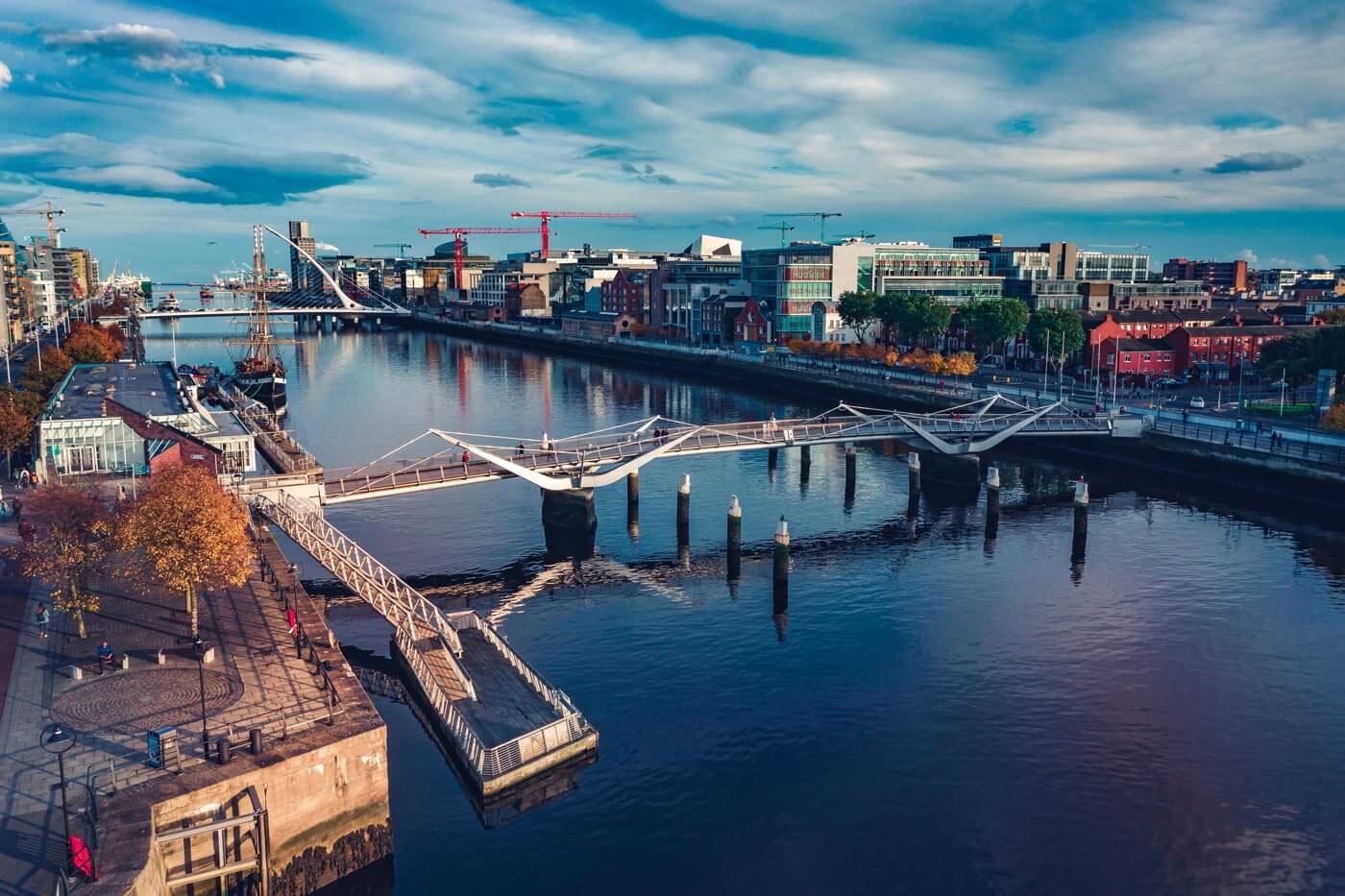
Dublin District Heating System (DDHS)
Related News & Publications
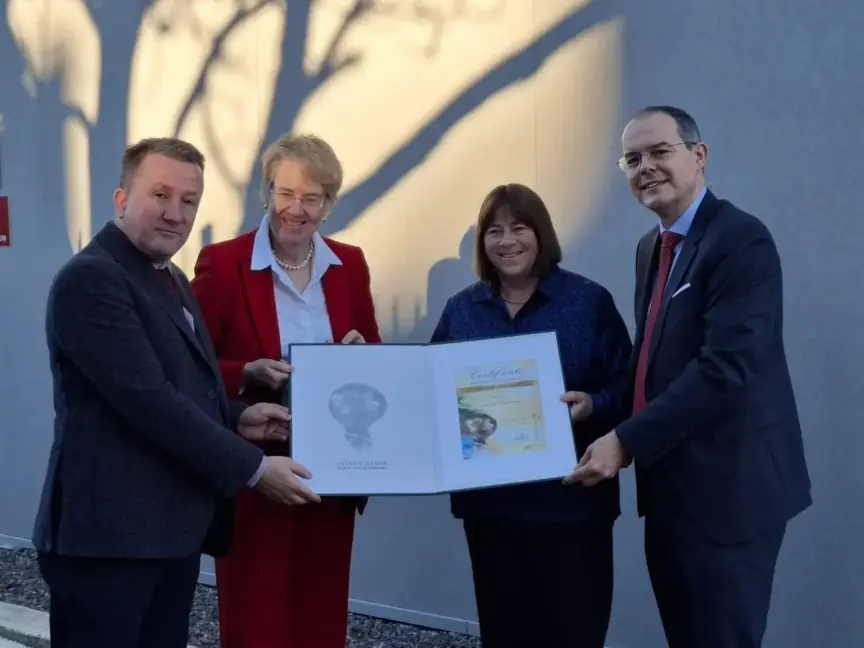
Tallaght District Heating Scheme Wins Energy Globe Award 2024 for Ireland
We are delighted to announce that the Tallaght District Heating Scheme has been awarded the prestigious Energy Globe Award 2024 for Ireland, recognising its significant contribution to sustainable heating and carbon reduction in the Tallaght area. The Energy Globe Award is an international environmental prize, awarded to sustainable projects. Heat Works will now go forward to represent Ireland at the International Awards Ceremony, held annually in Austria. Operating under the not-for-profit util...
21 January 2025
Summary Report of Audience Exercises: Decarbonising Dublin Summit
This report summarises insights from audience exercises at the Decarbonising Dublin Summit.
